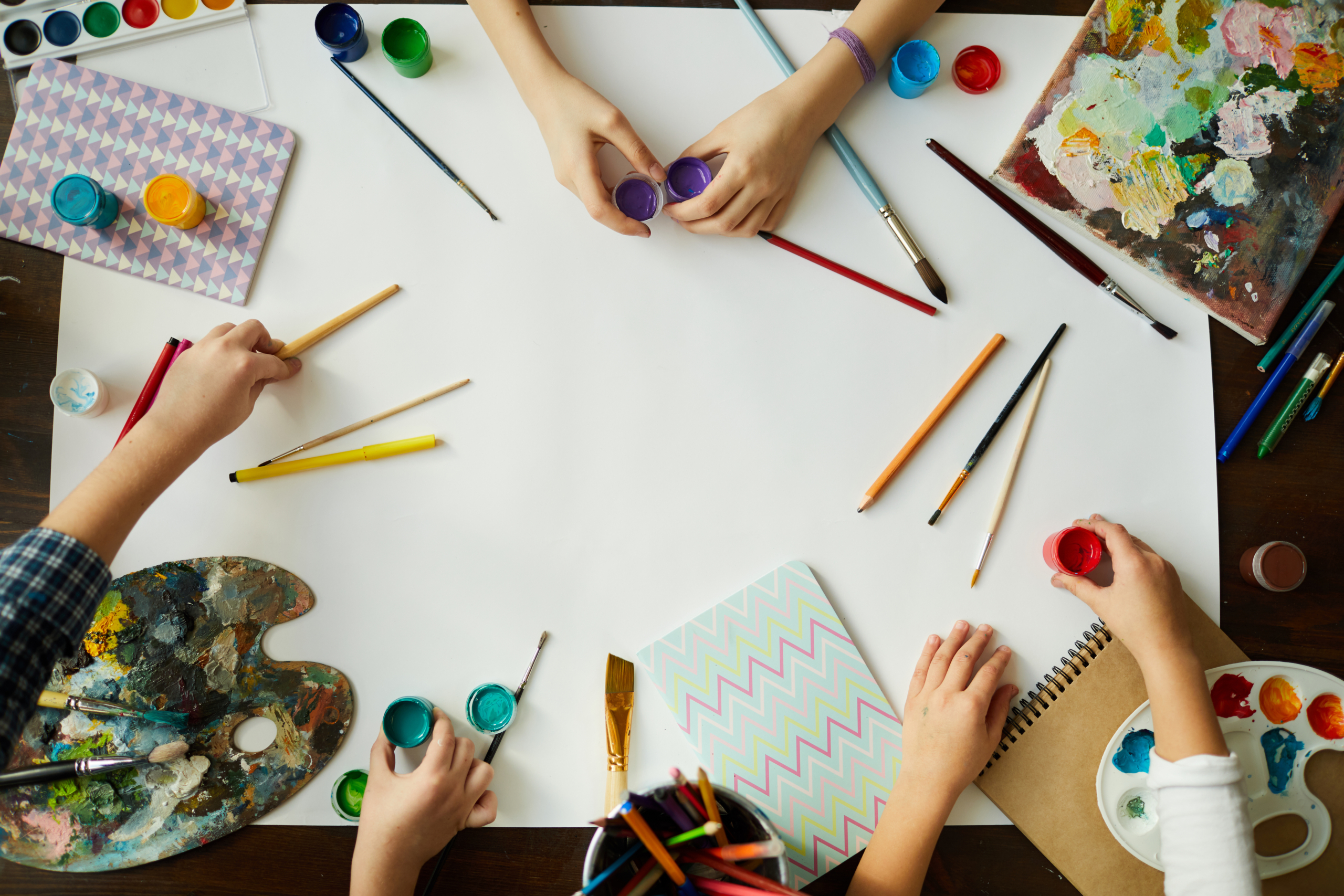Earlier this month, we wrote about hands-on learning and what that means for school-aged children. This week, we want to give examples of what GIA has been doing to support hands-on learning for both our scholars and our teachers, as well as what other organizations have done to support this concept.
To start, Arizona Early Childhood (https://azearlychildhood.org/resources/articles/hands-on-learning/) has spent time highlighting ways for children to utilize hands-on learning outside of the classroom:
“Blocks, Blocks, Blocks
These can be unit blocks, basic Lego sets, or even magna-tiles. These materials have endless possibilities and allow children to incorporate their own interests and imaginations into the process.
Garden, Kitchen, Woodshop
Engage children in work around the house or around the school. Participating in cooking, gardening, and cleaning are wonderful ways for children to learn by doing. Children have an amazing respect for tools when given an opportunity to use them.
Art Making
Create a space for making art whenever your child desires. Stock this space with accessible and easy-to-use materials. Avoid limiting how much your child can use at one time in this area.”
At GIA, all grades require some form of hands-on curriculum, and we’ve had no problem seeing incredible results from our scholars and teachers. Our FabLab and SmallLab Director, Becky DoRan, has been conducting a lesson with our 6th grade scholars on the many parts of the engineering process. The portion that required hands-on engagement originated from a Building Benji lesson where scholars learned about the specifics of building as it relates to the engineering process.
The most recent project: building a ball-sized trampoline made only of materials available to them in the classroom.
The purpose: to bounce and rebound a ball at least 12 inches from the surface of the trampoline.
Another “building” example comes from our 3rd – 5th grade scholars who have been working on constructing a Mayan/Aztec-era temple of materials made available to them in the classroom, as well as researching and constructing items and artifacts from that time period.
Hands-on learning, or “multi-sensory learning[,] speaks to who we are and who we [are] meant to be. It allows us to be natural learners and incidental learners who make use of our environment.” (https://educationandbehavior.com/why-hands-on-learning-is-so-beneficial-to-our-children/, educationandbehavior.com)
Hands-on learning also prepares our scholars for the world outside of school, as well as the world of higher education. According to the New School of Architecture & Design, “Hands-on learning also provides a student with the opportunity to safely make mistakes and learn organically through trial and error. Rather than experimenting when a job is on the line, they can experiment with new ideas and satisfy curiosity at their own natural pace without worrying about damaging an important project.” We couldn’t have said it better ourselves. So, parents, while GIA is doing our part to create various hands-on learning experiences in the classroom, we challenge you to participate in hands-on learning projects at home, outside of the classroom.
Let us know what projects you are facilitating for your child, as well as the progress and/or results you may notice! Email our Executive Director, [email protected], to show us how YOU are advocating for hands-on learning at home.



